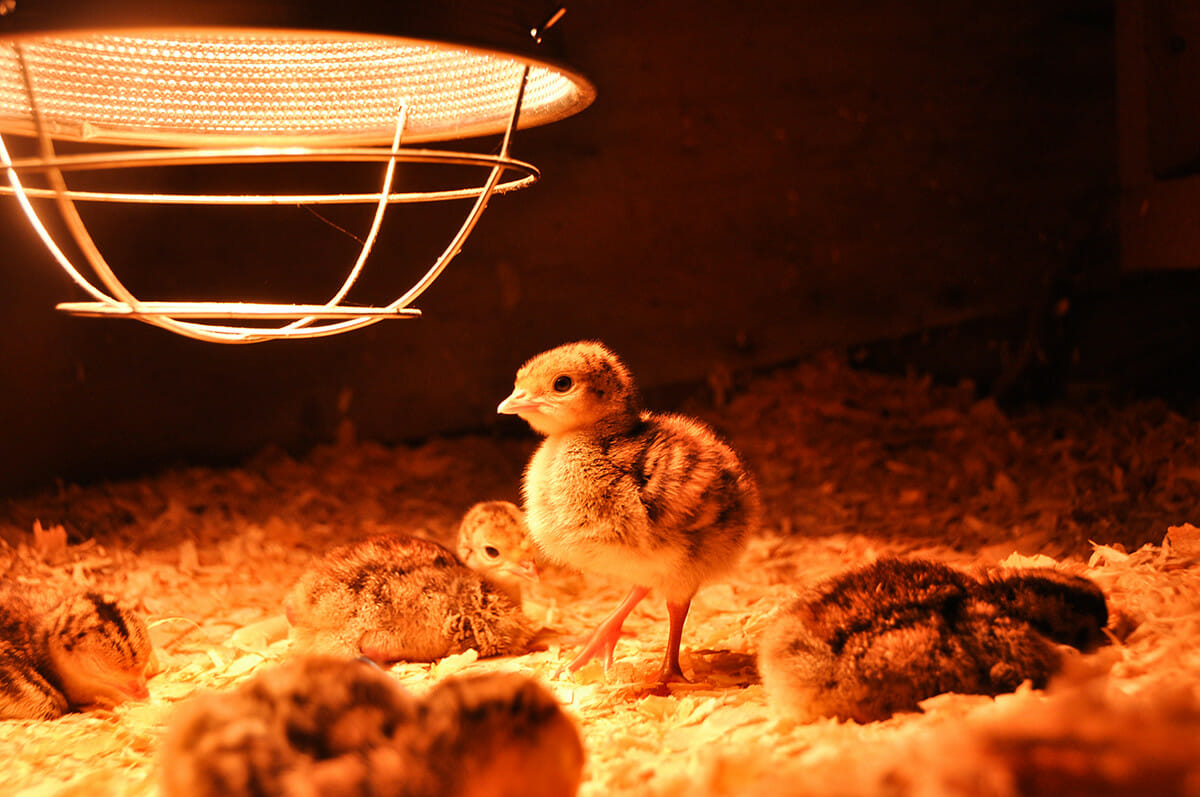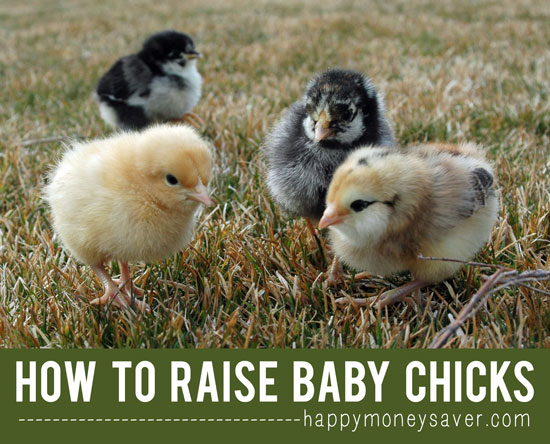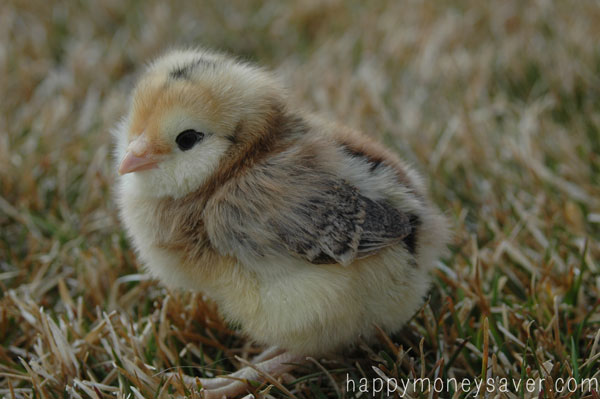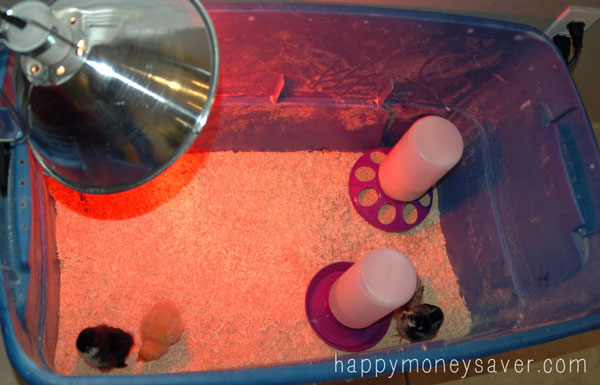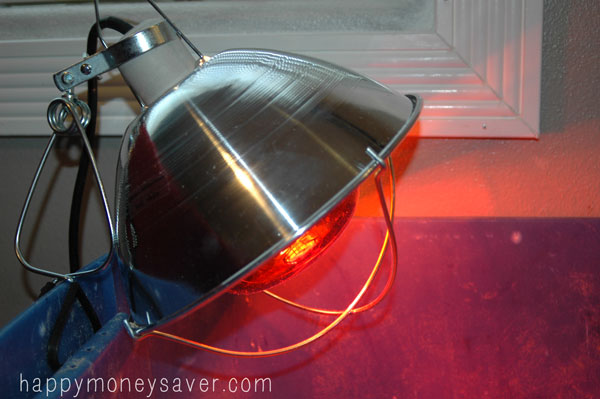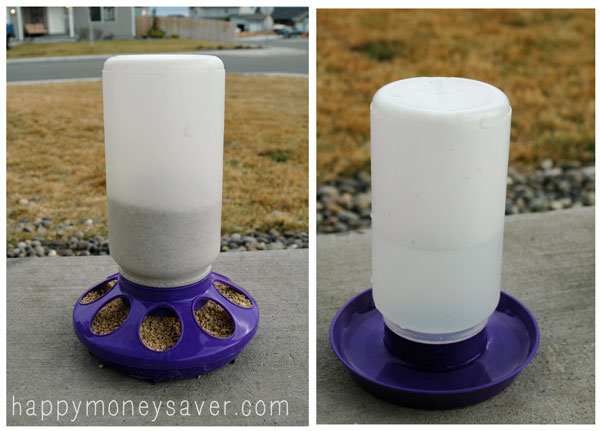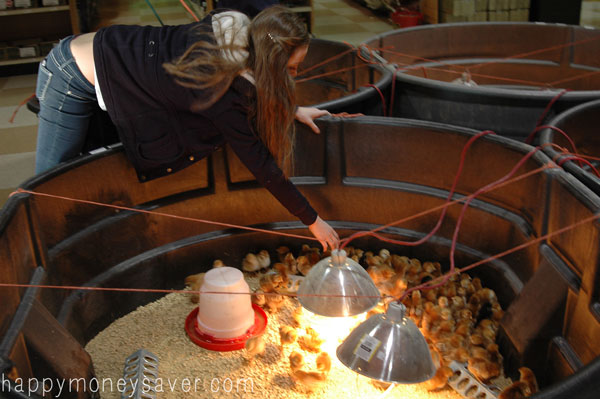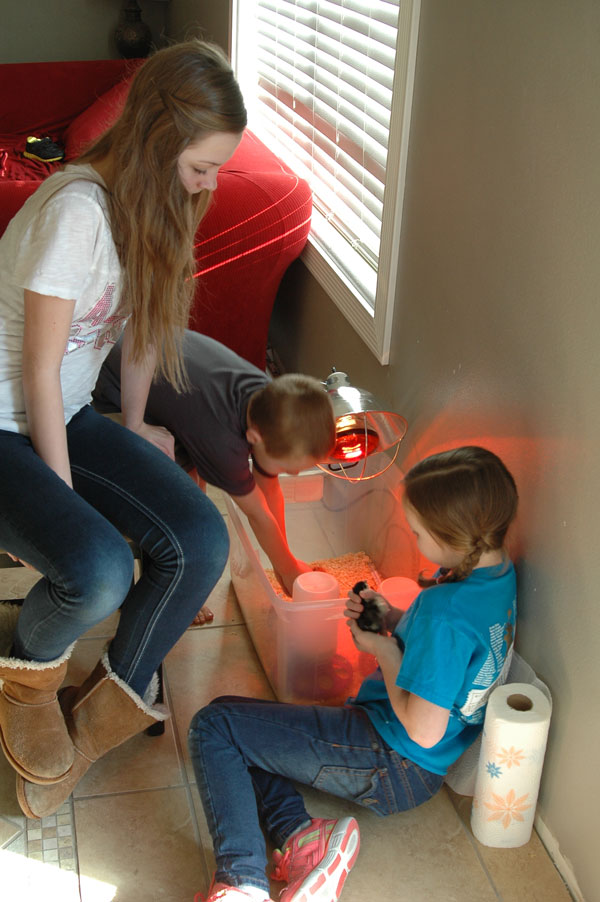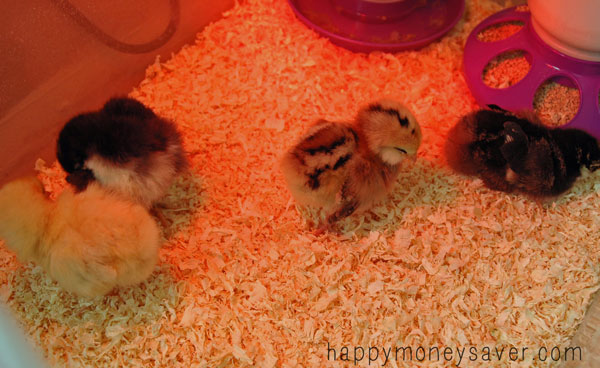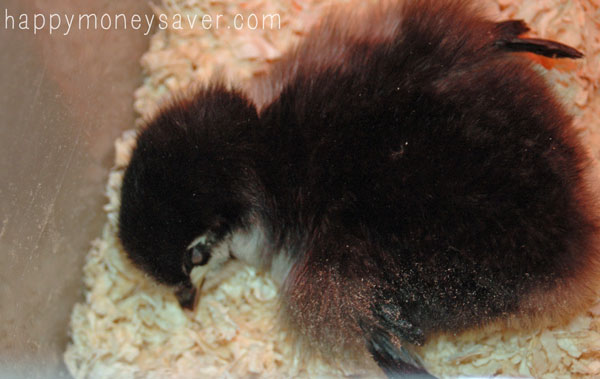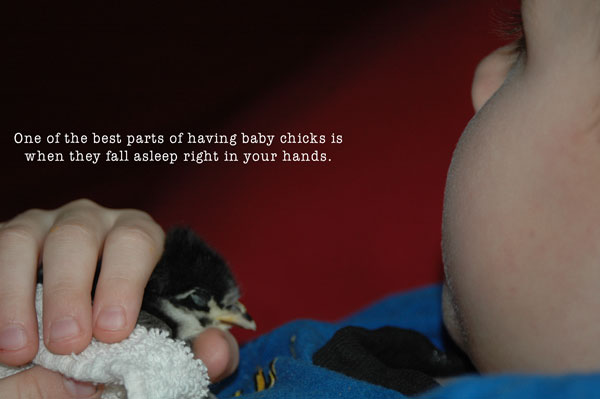All About Ameraucana Chickens
These Facts About Chickens Will Help You Distinguish Between True Ameraucanas and Other Chicken Breeds

Araucana and Ameraucana chickens are completely different breeds just as Cornish and Brahma chickens are different. Each breed is different from all the others and the differences are listed in the American Poultry Association’s Standard of Perfection. We generally refer to it as the APA Standard and it tells what characteristics or traits are needed to classify a chicken under any of many different recognized breed descriptions. The Standard is the final word in the world of exhibition poultry in North America.
Keep Your Laying Hens Strong and Healthy
Our friends from Purina® wrote this free guide to help you enjoy farm fresh eggs for years. YES! I want this Free Report »What is referred to as an Easter Egg chicken or Easter Egger is not a recognized breed, but rather a hybrid chicken that possesses the gene for blue eggs. These birds can be of any physical description. As far as “Americana” chickens go there is no such breed. It is just that many commercial hatcheries can’t spell “Ameraucana” and try to pawn off their mongrel chickens as such. When you see Araucana/Americana chicks for sale you can bet they are really Easter Eggers. Generally speaking, these are fine chickens for the backyard but would be disqualified at an APA sanctioned poultry show. Many novice poultry fanciers have fallen for the false advertising of these hatcheries and been very disappointed. Some hatcheries now have disclaimers saying their Araucana/Americana chickens are not for exhibition yet they continue to advertise them using APA breed names.
Araucana and Ameraucana chickens are both relatively new chicken breeds. The APA accepted Araucanas as a breed in 1976 and Ameraucana chickens in 1984. Before Araucanas were accepted and became a standard breed the term Araucana was used interchangeably with Easter Egger to describe all chickens that possessed the blue egg gene. Today some people still mistakenly get it wrong and that is partly due to all the misinformation and outdated information on the Internet and elsewhere.

A Bantam Ameraucana Black pullet. Photo by Michael Muenks, Missouri.
Myth Busting About Ameraucana Chickens
While on the subject of misinformation let’s try some myth busting. For many decades some commercial hatcheries promoted “egg facts” about “Araucana” eggs as being lower in cholesterol and higher in nutritional value than other chicken eggs. Even though those claims were proven false over 27 years ago many people still believe them to be true. Remember that Araucana, back in the day, meant any chicken with the blue egg gene. Heck, those same commercial hatcheries even claimed that “Araucana” meat had a taste similar to quail! Imagine that-chicken that doesn’t taste like chicken.
An attractive basket of blue eggs from large fowl Ameraucana wheaten hens. Photo by Barbara Campbell, Tennessee.

Large fowl Silver Ameraucana chicks
Which came first the Araucana or the Ameraucana? Actually, since both are now legitimate names of official APA breeds, let’s say the Easter Eggers came first. They came to this country as mongrel chickens and were bred to other types of chickens. Over the past several decades some breeders bred them to look the way they wanted. Some bred for tufted and rumpless characteristics, some bred for muffs and tails and others bred for whatever they wanted. Araucanas were not developed from Ameraucanas and Ameraucanas were not developed from Araucanas. They were both bred up from Easter Eggers or mixed breed chickens.
The tufted and rumpless breed was officially accepted first into the Standard. They took the name Araucana. There was still a large following breeding the muffed and tailed blue egg layers, so they had to come up with a new name for their breed that they had also referred to as Araucana up to that time. They organized a breed club and chose the name Ameraucana over American Araucana by a 9 to 5 vote.
Bantam Ameraucanas and large fowl Ameraucanas actually add up to two standard breeds of Ameraucana chickens. The big difference between the two is size. Bantams are just miniature versions of large fowl chickens or maybe large fowl are big versions of bantams. Either way the APA recognizes the same eight varieties in each breed. They are: black, blue, blue wheaten, brown red, buff, silver, wheaten, and white. Some breeders are working on new varieties such as lavender and black gold.
